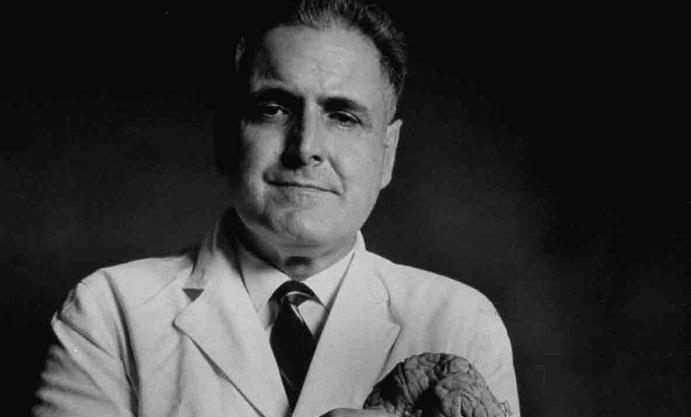Footage of first Parkinson"s treatments found after 50 years - VIDEO

Cotzias travelled to Chile to include the miners in a trial of leva-dopa, a chemical building block that the body converts into dopamine, low levels of which cause uncontrolled movements in people with Parkinson’s. L-dopa was being tested in Parkinson’s patients around the same time but with little success – even small amounts caused adverse side-effects that prevented a high enough dose reaching the brain.
The footage clearly shows the severe problems with walking and turning miners had before treatment. After several months of receiving a daily dose of L-dopa, they were able to feed themselves, shave, tie their shoelaces, and run.
A lasting success
“It’s a very important part of the history of neurology,” says Marcelo Miranda, a researcher at Clinica Las Condes in Santiago, Chile, who found the footage, some of which was shown at a conference in the 1960s, but hasn’t been seen since. “It’s the only available document of that period that shows the first patients with Parkinson’s symptoms treated with L-dopa and their extraordinary response.”
Working with Ismael Mena at the Catholic University of Chile, Cotzias showed that L-dopa has a dramatic effect on Parkinson’s symptoms. Initially, Cotzias thought the drug would work in a different way. He was hoping L-dopa would reverse the discolouration of a brain area called the substantia nigra, which has also been linked to Parkinson’s disease. Instead, the miners improved because L-dopa helped treat their dopamine deficiency.
Cotzias thinks he succeeded where others failed because he built up the miners’ dose of L-dopa slowly, observing the effects over a long period of time, which allowed his study to get past the lag-period before L-dopa starts to work.
Afterwards, Cotzias insisted researchers try the same procedure in other people with Parkinson’s disease. Once they had seen his videos, they repeated their tests with equal success, and almost 50 years later, L-dopa remains the most effective agent for treating Parkinson’s disease.















































